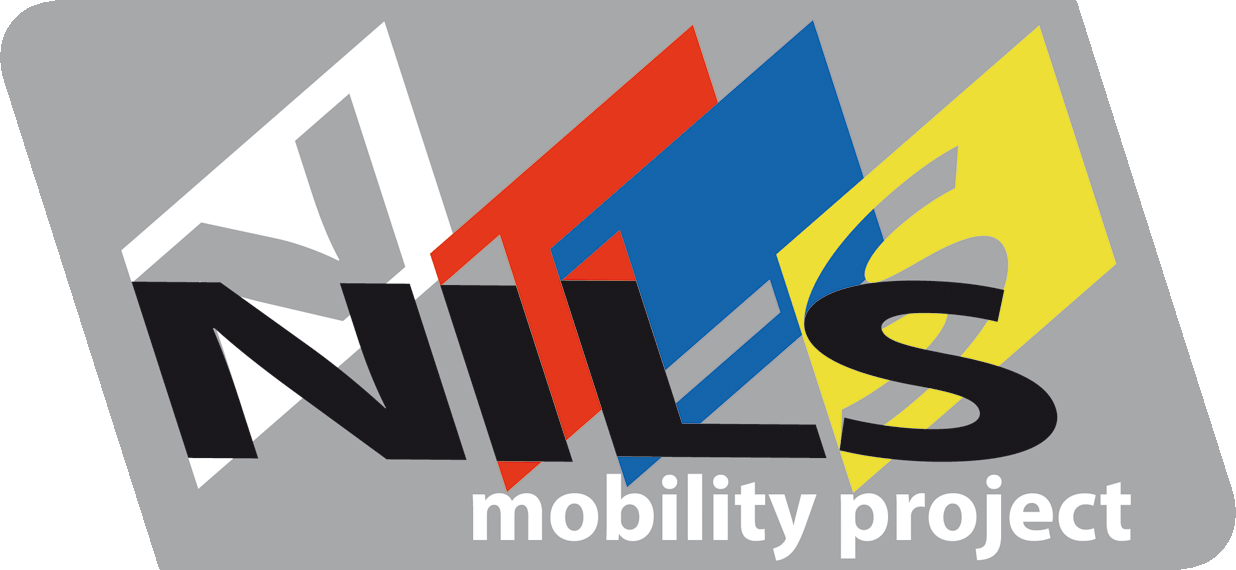Venue: Unviersidad de Sevilla, Spain.
From February 15 til June 30, 2010 and from September 1, 2010 til February, 28, 2011. | Pavel Gumenyuk is a Poatdoctoral reseacrh fellow at the Department of Mathematics, at University of Bergen, Norway.
Hir project, together with Santiago Díaz, consists of investigate about geometric and analytic properties of generalized Loewner chains. About his work: "During my last visit to Professors Manuel D. Contreras and Santiago Díaz-Madrigal, the University of Seville, we started investigation of admissible geometry for Loewner chains within the general approach
described above. We were concerned with the case of evolution families sharing a common Denjoy – Wolff point. If this point is inside the unit disk, then the theory can be eventually reduced to the classical
radial case.
However, for boundary Denjoy – Wolff point the situation is much more complicated. The main problem is that in this case the normalization for the functions of an evolution family is essentially a boundary condition, which involves boundary behavior of conformal mappings. The main question we have been working on is what kind of domain dynamics in the plane can be described by means of Loewner chains whose evolution families are of chordal type, i.e., composed of functions with a common
Denjoy – Wolff point on the unit circle. We have achieved some partial results related to these questions. Deeper investigation of the problem opens several directions for further research, which as we expect, can
help to get the complete answer: Generalization of the theory of reflecting boundary fixed points of semi-groups for the case of evolution families. One of the main points in this topic is to characterize Berkson – Porta data of theHerglotz vector fields that generate evolution families with a common reflecting fixed point and to calculate the multiplier of this point. Another problem is to study how the analytical properties ofsuch evolution families are influenced by the algebraic structure of evolution families, e.g., to see whether this algebraic structure results in any additional restrictions on the dynamics of the multiplier of boundary fixed points. Another important object to study from the viewpoint of the new approach described above is GB evolution families which are a special type of chordal evolution families. This type of evolutionfamilies was introduced by Goryainov and Ba as a natural generalization of classical chordal evolution families of slit mappings and was rediscovered later by Bauer. GB evolution families arecomposed of functions belonging to a class of parabolic self-mappings of the unit disk, which is of great interest on its own. This class forms a semigroup w.r.t. the operation of composition and admits a non-trivial additive functional possessing a rigidity property, know as the Burns – Krantz Theorem. It also arises naturally as the reciprocal Cauchy transforms of probability measures with finite variance and mean zero. Classical Loewner chains form a compact set in the sense of convergence, pointwise w.r.t. real parameter and locally inform w.r.t. the complex variable. This corresponds to the weak convergence of Lebesgue – Stieltjes measures in the integral representation of Herglotz functions. In other words, the correspondence between Loewner chains and Herglotz vector fields is not only one-to-one, butalso bicontinuous in an appropriate sense. We expect that establishing an analog of this statement in the general context would make possible to apply one-parametric semigroups in the study of evolution families and Loewner chains."
|


